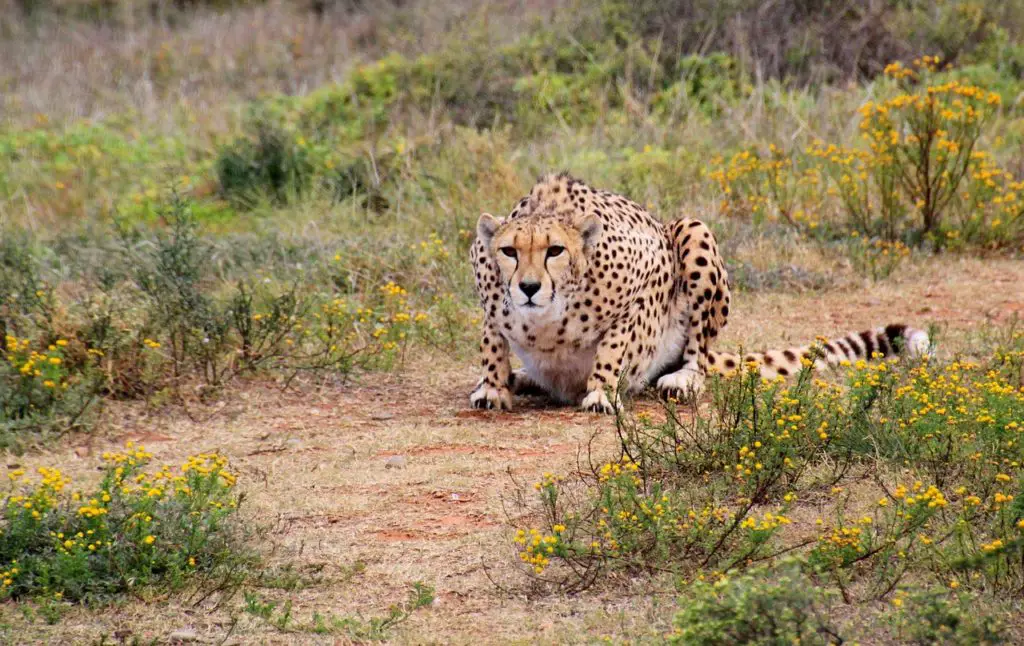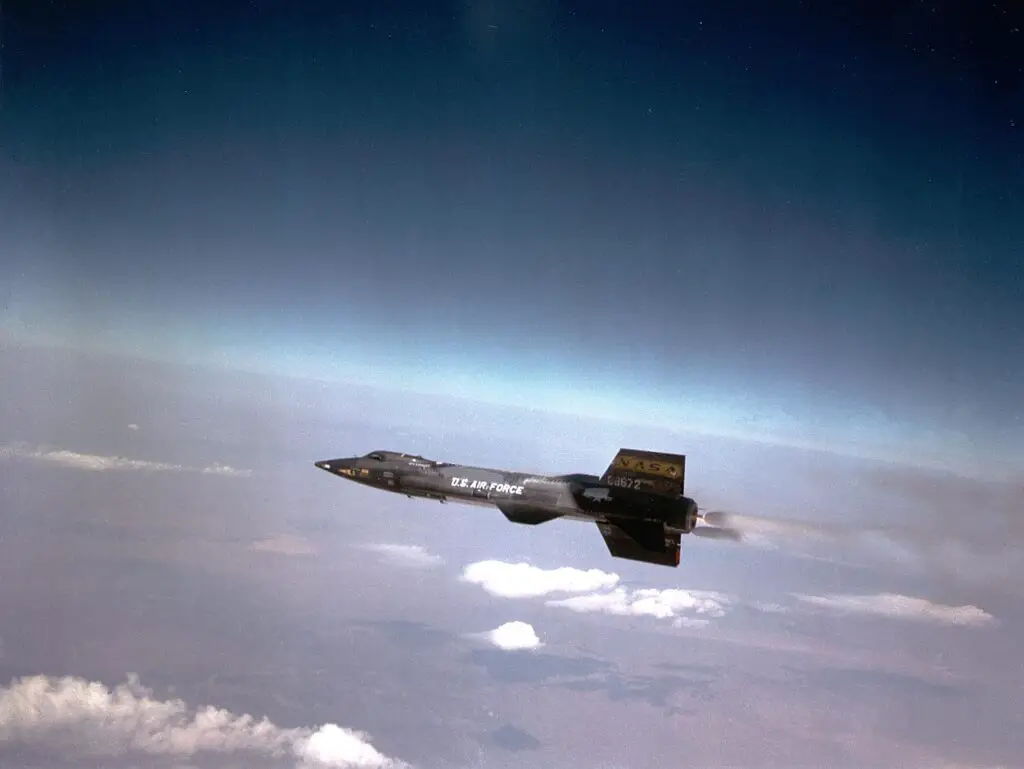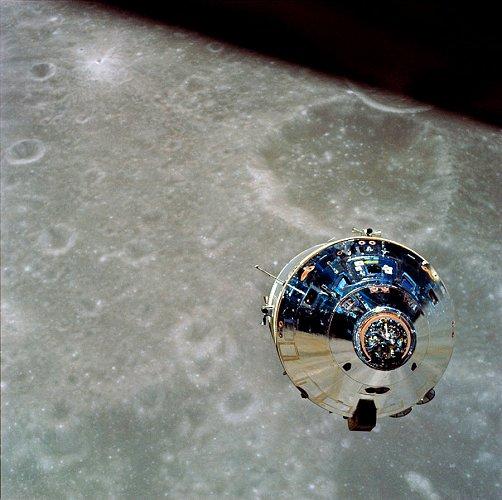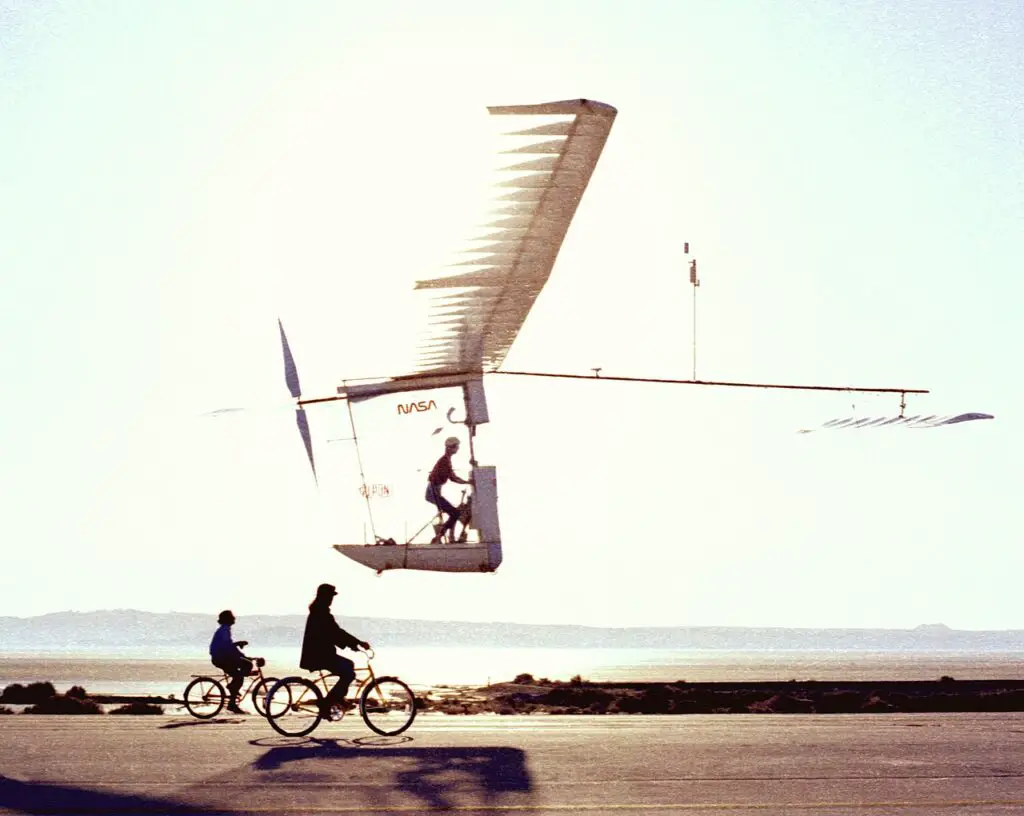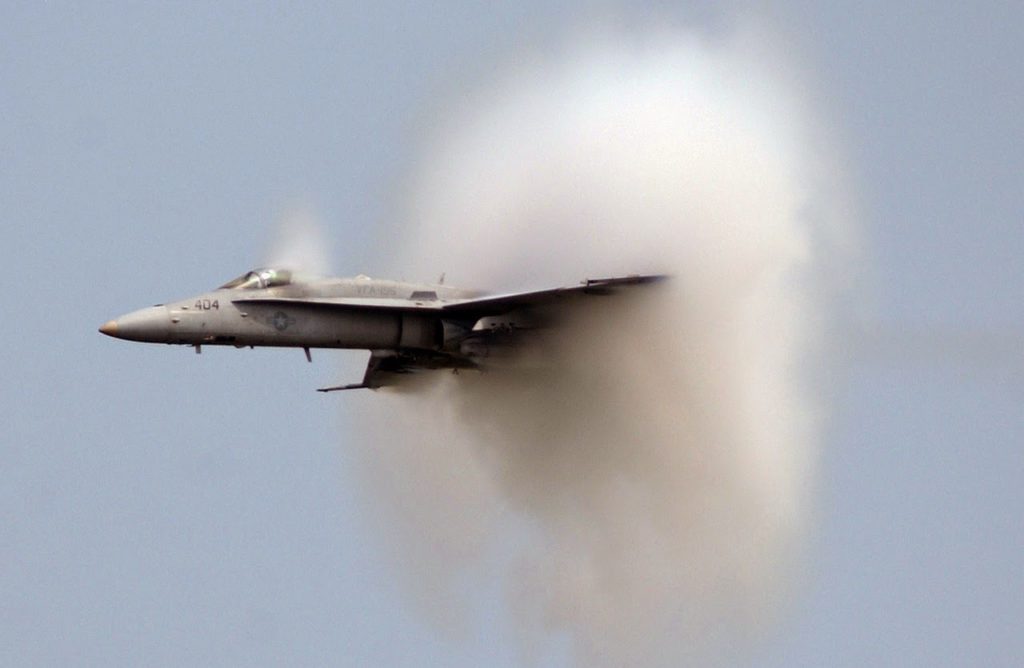
“I have a need…a need for speed.” These were the words immortalized by Maverick in Top Gun right before he did the reverse high-five with Goose that became all the rage in the 80s with teenagers and grown-ups alike. But what do you really know about speed? Here are some interesting facts that deal only with the world of speed.
Time to Go Fast
Speed is a relative measurement, and the constant by which all objects are measured is the speed of light. Light moves at 186,282 miles per second (299,791.8 kilometers per second) or 671 million miles per hour (1.08 billion kilometers per hour). It takes light from the sun 8 minutes to reach Earth and 5.3 hours to reach Pluto, our now non-planet. It takes light 4.25 years to get to the nearest star to us, Proxima Centauri. To cross the width of our galaxy takes light 100,000 years. Source
By all accounts and measures, the cheetah, as we learned in school, is the fastest animal on land. It can reach phenomenal speeds. There is a discrepancy of how fast the cheetah can run. 64 mph (103 km/h) was the single measurement taken in the 1960s and the one used for years as the maximum speed of a cheetah, but somehow researchers in 2013 were able to get a more accurate record. They studied five wild cheetahs over 367 runs and came up with a maximum speed of 58 mph (93.3 km/h). Source
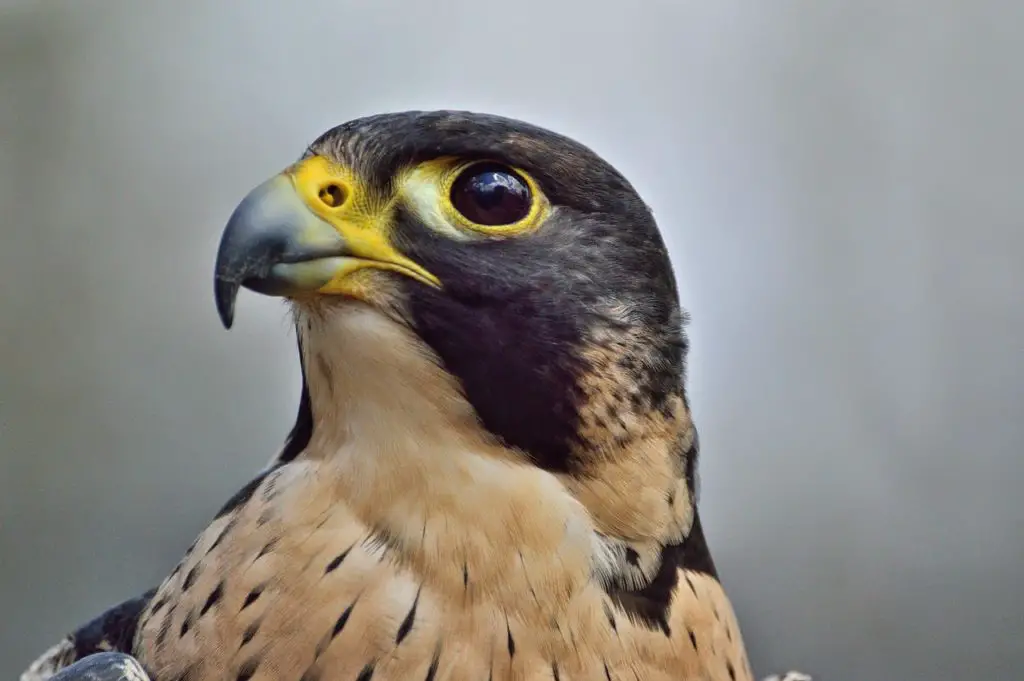
Another animal that can reach amazing speeds is the peregrine falcon. In a dive, these birds can reach speeds up to and exceeding 200 mph (321.9 km/h). Now that is impressive. But what about animals in water? Which one is the fastest? That title belongs to the Atlantic sailfish, which can clock a speed of 68 mph (109.4 km/h). Source, Source
The Lockheed SR-71 Blackbird holds the official fastest speed record for a manned, air-breathing jet aircraft. It reached a speed of 2,193 mph (3,529.6 kph) on July 28, 1976, near Beale Air Force Base. It also holds the record for the fastest crossing of America. The Blackbird crossed the country from west to east in 64 minutes in 1990 as the airplane was being flown to a museum to be retired. In comparison, a commercial flight from Los Angeles to New York takes around five and a half hours.
The Blackbird did have an interesting characteristic among its many unique characteristics. The components of the Blackbird were loosely fit together to allow the parts to expand at the high temperatures the aircraft would experience at such high speeds. On the ground, the fuel would leak from the plane constantly until the aircraft got to operating temperatures in the air. When it got there, the Blackbird’s parts would seal together. Source
The North American X-15 aircraft has been the world’s fastest manned aircraft. It flew at Mach 6.7 or 4,520 mph (7,274 km/h) on October 3, 1967. This is a different speed record than the SR-71, as the X-15 was a rocket-powered aircraft that had to be dropped from another aircraft. Source
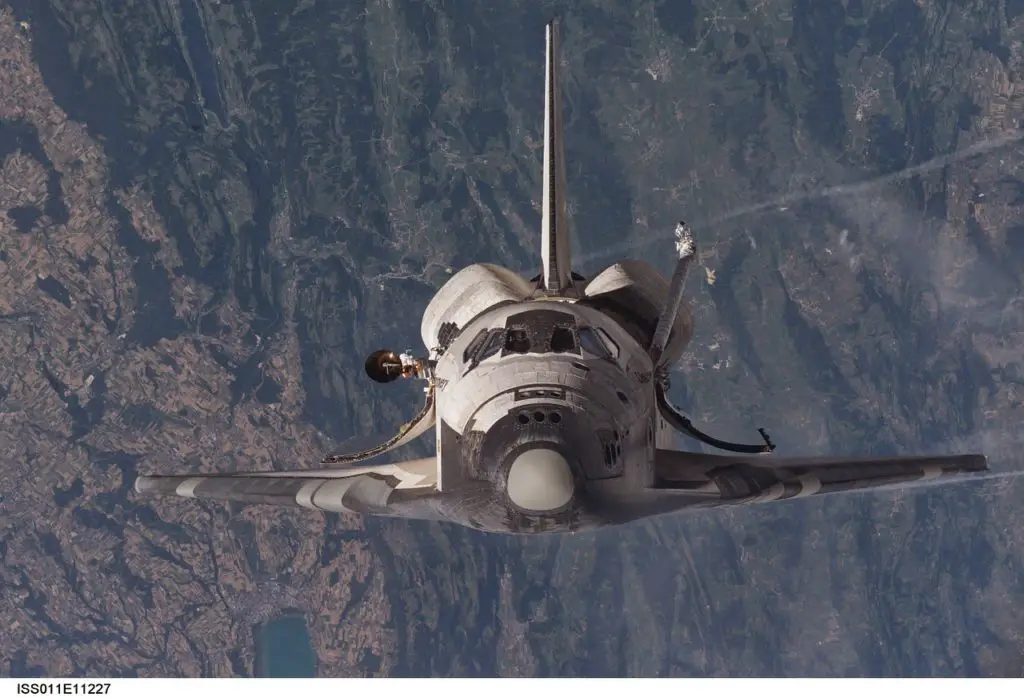
The speed required for an object in space to maintain a constant orbit around the Earth is 17,500 mph (28,000 km/h). This is in low earth orbit and is the speed the Space Shuttle and the International Space Station travel as well as satellites in this orbit. They orbit the earth in about 1 hour and 25 minutes. Source
Satellites farther from earth travel slower. Satellites in geosynchronous orbit (the satellite matches the Earth’s rotation) travel about 7,000 mph (11,000 km/h). The moon, being much farther from the earth, travels at 2,300 mph (3,700 km/h). Source
If an object leaves Earth’s orbit to go into deep space, it must travel 25,000 mph (40,000 km/h). This is called escape velocity. Source
The fastest manned spacecraft was the command module of Apollo 10. It reached 24,816 mph (39,937.5 km/h) on reentry in 1969. This is also the record for the fastest a human has ever traveled. Source
The Parker Solar Probe, which is on a mission to travel through the Sun’s atmosphere, reached a speed of 364,621 mph (586,000 kph) on its 10th close flyby of the sun on November 21, 2022. It became the fastest object ever built by humans. Source
The speed of the earth’s rotation from a spot on the Earth’s equator is 1,037 mph (1,670 km/h). This is about a mile every three and a half seconds. But the earth moving around the sun is going at an even greater clip, traveling at 66,627 mph (107,226 km/h). Source

The fastest measured wind speed used to be claimed by Mount Washington in New Hampshire in 1934 at 231 mph (371.8 km/h), but that speed has since been eclipsed by a reported wind speed of 253 mph (407.2 km/h) in 2010 at Barrow Island in Australia. Source
Austrian Felix Baumgartner set the record for the highest speed during a free fall in 2012. He went 843.6 mph (1,357.6 km/h) and broke the sound barrier with his body in the process. He also broke the record for the highest free fall at the time when he leaped from 127,852 feet (38,969.4 meters). Google executive Alan Eustace later broke this record with a fall from 135,898 feet (41,422 meters) in 2014.
Just to put these altitudes and speed in perspective, an airliner typically cruises at around 35,000 feet (10,668 meters) and cruises roughly around 515 mph (828.8 km/h), depending on the type of aircraft and wind speed. Source
Let’s Slow Things Down a Bit
Speed doesn’t always have to do with fast things. Some things can be incredibly slow. Here are a few of those facts.
Picking the overall slowest animal in the world is rather difficult, but these few really take their time. The sea anemone may be the slowest, as it has been observed through time-lapse photography moving at 0.39 inches per hour (one centimeter per hour).
Garden snails have been clocked at 3.28 feet per hour (one meter per hour). For larger animals, the three-toed sloth goes about 7.87 feet per minute (2.4 meters per minute) on the ground and 15 feet per minute (4.6 meters per minute) in trees. Of course, some animals don’t move at all, such as coral and oysters. Source, Source

The first automobile was driven by Karl Benz in Germany in 1886 and reached a top speed of 10 mph (16 km/h). The slowest production car made today is the three-wheeled electric car, Peel P50. Its max speed is 28 mph (45 km/). This car is also the smallest in the world. Source, Source
On August 23, 1977, the Gossamer Albatross, a human-powered aircraft, crossed the English Channel in two hours and 49 minutes. Its average speed was about 18 mph (28.9 km/h). The Wright Brothers’ first powered flight was 6.8 miles per hour (10.94 km/h), lasted 12 seconds, and went 120 feet. Source, Source
Of course, there are other really slow things, traffic jams, doctor office visits, and syrup, but at least they aren’t as slow as atoms moving in a Bose-Einstein condensate.

